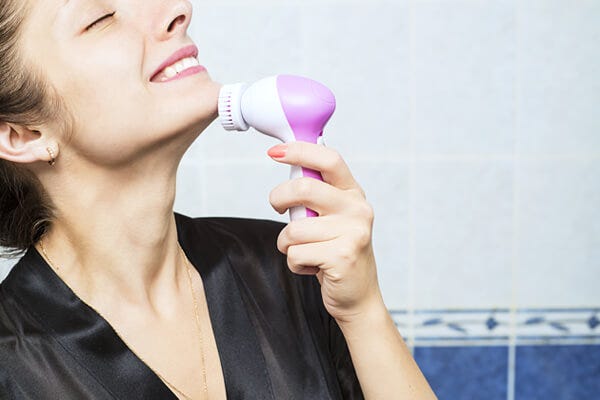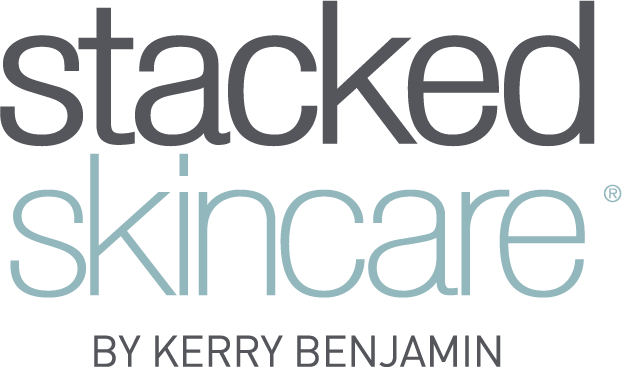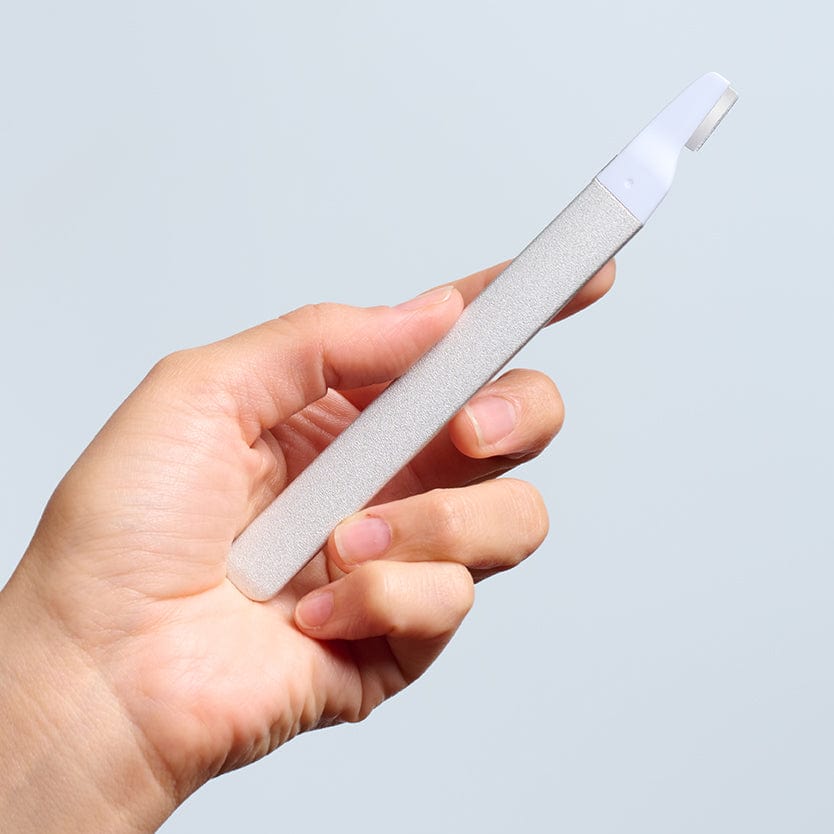Sonic Cleansing Brushes Pros & Cons
Written by Kerry Benjamin

If you're looking to up your skincare game, you've probably considered (and maybe even purchased) a sonic cleansing brush. These tools are all the rage because they promise to deliver spa-quality results from the comfort of your bathroom sink. While sonic brushes can be beneficial for improving skin cell turnover and clearing out pores, there are also some serious concerns about their long-term effects on your skin. Read on for some considerations to keep in mind when deciding whether a sonic face scrubber is for you.
Benefits
A sonic cleansing brush is typically a battery operated, handheld device with a bristle head that moves continuously. The constant pressure and timer features make facial cleansing a more effective procedure than the sleepy sudsing we sometimes resort to late at night or in the early morning. When combined with an effective cleanser, sonic brushes cleanse deep into pores, so you'll need fewer extractions during your next facial. Experts claim these brushes are essential for puffed and clogged skin because they improve facial circulation and lymphatic drainage. This makes pores look smaller and the exfoliating brushes prepare skin to better absorb hydrating serums.
Concerns
Despite the seemingly endless list of benefits, cleansing brushes are definitely not right for everyone. Many people use sonic brushes incorrectly, choose a setting with too much stimulation, or settle for a brush that is too stiff and causes inflammation. Although there are many gentle options, overuse of sonic brushes disrupts skins pH, which depletes the protective acid mantle and can cause increased oil production. Red, irritated skin is common when using sonic brushes because stiff bristles damage delicate capillaries and cause microabrasions. Additionally, most sonic brushes work best with foaming cleansers that typically contain hydration-sucking sulfates. Sonic brushes may increase serum absorption, but never use them to remove makeup as they may actually push makeup deeper into your pores–gross!
Recommendations
So, what's the answer? First of all, I'd recommend my TCA Multi Acid Face Peel or Dermaplaning Tool as gentler (yet equally as effective) exfoliating alternatives to the sonic brush. Cleansing brushes and scrubs are irritating for most skin, and regular peels and dermaplaning can rejuvenate skin cell turnover with less redness. If you're set on using a sonic brush, make sure to adjust for your skin type. For instance, always test a brush on your wrist or the back of your hand before facial use. Those with oily or combination skin may be able to handle a daily gentle brush treatment while those with sensitive or dry skin should stick to no more than once or twice per week. Regardless of skin type, do not use sonic brushes if you're struggling with issues like rosacea, psoriasis, eczema, or sunburn and always wash your brush thoroughly!
About the Author

Kerry Benjamin, a licensed aesthetician, has over 12 years of experience. Kerry is the driving force behind StackedSkincare. As the company's CEO, Kerry has dedicated her career to revolutionizing skincare. Her innovative approach combines peels, serums, and specialized tools toeffectively address a wide range of skin concerns. CA LE license number Z98459.

